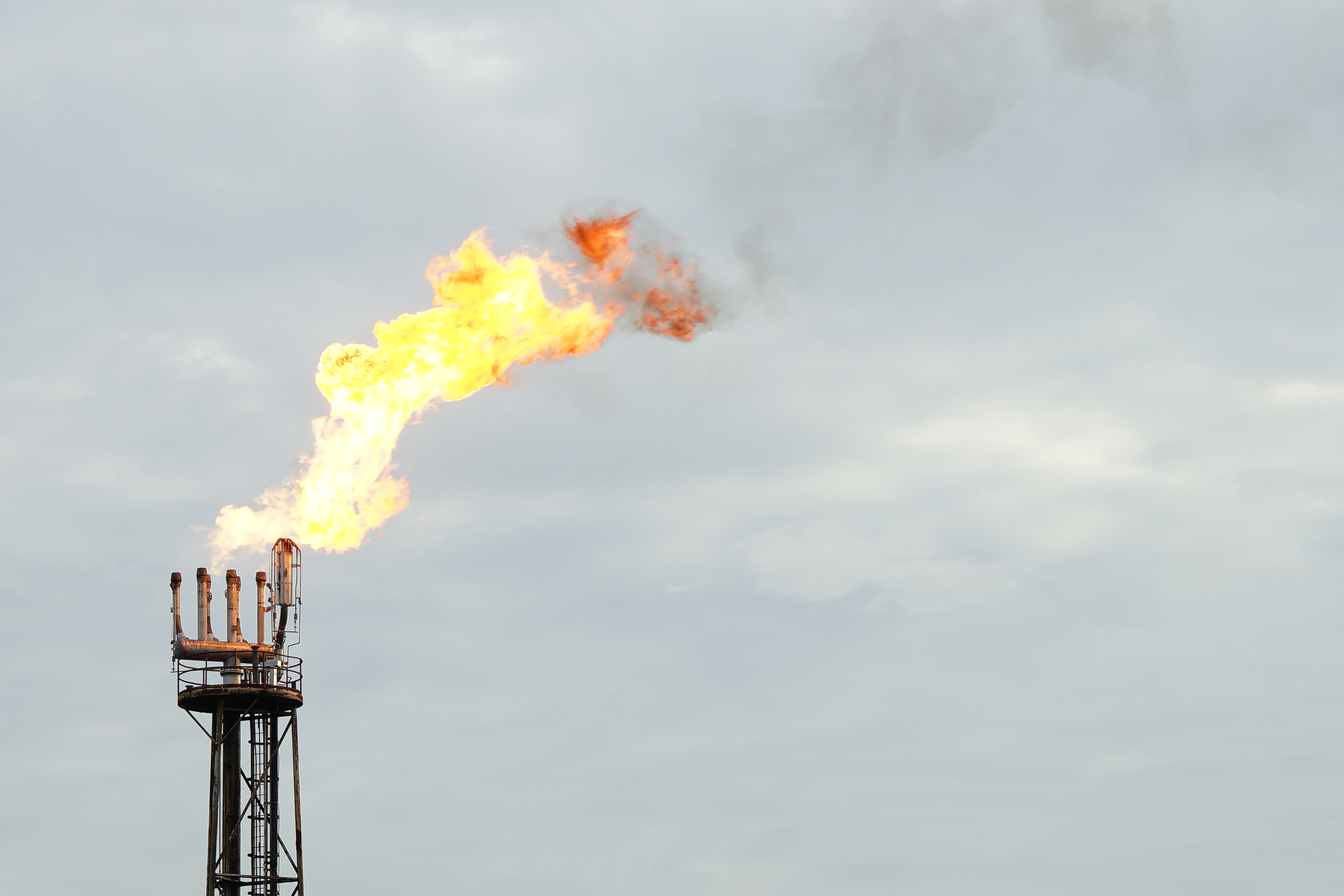World Bank report reveals critical need for targeted action in global gas flaring hotspots
The world's growing dependence on natural gas as a key fuel source during the energy transition comes with a persistent challenge: gas flaring.
A new report by the World Bank ‘2024 Global Gas Flaring Tracker Report’ release late June paints a concerning picture, highlighting both progress and setbacks in efforts to curb gas flaring globally.
Gas flaring occurs when natural gas is burned off as a byproduct during oil extraction. Most of the gas flared globally is produced in association with crude oil (associated gas).
Meanwhile, flaring intensity, measured as the volume of gas flared per barrel of oil produced, serves as an indication of how effectively a country is recovering and utilizing associated gas. Declining flaring intensity suggests improvement, while increasing intensity indicates opportunities for better gas recovery and utilization.
Understanding gas flaring and its impact
The report introduces the concept of "flaring intensity" – a metric used to assess how effectively a country captures and utilises this associated gas. A lower flaring intensity indicates better management of this resource.
The World Bank highlights a disturbing trend: a 7% increase in global gas flaring in 2023, reaching a staggering 148 billion cubic meters (bcm). This equates to the entire annual gas consumption of the European Union – a stark reminder of the vast scale of this issue.
A group of nine countries – Russia, Iran, Iraq, the United States, Venezuela, Algeria, Libya, Nigeria, and Mexico – as the primary are responsible for a whopping 75% of all gas flaring, despite only accounting for 46% of global oil production. This disparity highlights a critical need for targeted action in these major flaring hotspots.
In 2023, Iran experienced the largest increase in gas flaring, with a 3.2 bcm (19%) rise while oil production increased by 10%. This led to an 8% increase in flaring intensity, the highest recorded since satellite-based estimates began in 2012.
Similarly, Libya also saw a significant increase, with gas flaring up by 1.4 bcm (25%) and oil production up by 16%, resulting in an 8% increase in flaring intensity. These increases highlight a lack of corresponding investment in gas infrastructure and utilisation.
The environmental consequences of gas flaring are severe. The process releases large amounts of CO2 and black carbon, both potent greenhouse gases that contribute significantly to climate change.
The report suggests that emissions from flaring might even be higher than previously estimated. The increase in flaring observed in just four countries – Iran, Russia, the United States, and Libya – resulted in an additional 23 million tonnes of CO2 equivalent (MMtCO2e) emissions in 2023. This is akin to putting 5 million new cars on the road, a stark illustration of the detrimental impact of this practice.
Beyond environmental damage: wasted potential
The issue of gas flaring goes beyond environmental damage. It represents a significantly squandered resource.
The flared gas holds immense potential – it could be harnessed to generate approximately 400 billion kilowatt-hours of electricity annually, enough to power Sub-Saharan Africa for a year. This highlights the immense opportunity cost associated with gas flaring, particularly in energy-deprived regions struggling with limited access to electricity.
Concentrating efforts on reducing flaring in the nine previously mentioned countries holds immense potential for significant reductions in global flaring volumes.
Investment plans are crucial to accelerate flaring reduction and promote gas utilisation. Building robust gas capture and utilisation infrastructure is essential for achieving long-term sustainability.
The ambitious goal of zero routine flaring by 2030 requires a strong commitment from both governments and the oil and gas industry. Prioritising projects that capture and utilise associated gas is essential to achieving this goal.
While flaring persists, ensuring proper flare operation can minimise methane emissions. Methane is a potent greenhouse gas with a significantly higher warming potential than CO2, so even small reductions can make a big difference.
According to the report, financial and technical assistance are needed to help countries with weak regulations or underdeveloped gas infrastructure tackle gas flaring effectively. Fostering international cooperation and knowledge-sharing is crucial for progress in these regions.
Optimising production processes to minimise the amount of gas that needs to be flared and implementing best practices for managing oil production within existing gas infrastructure capacity can lead to significant reductions.
The increasing frequency and intensity of extreme weather events necessitate building resilience into future infrastructure projects. Designing oil and gas infrastructure and emission reduction projects to withstand the physical impacts of climate change is essential.
Effective regulations require strong collaboration between governments and the private sector. Governments need to establish clear regulations and incentives to discourage flaring, while the private sector needs to invest in technologies and practices that minimise flaring.
Addressing gas flaring is a critical step towards combating climate change, harnessing valuable resources, and ensuring a cleaner energy future. By taking decisive action on these various fronts, the industry can effectively curb this practice and pave the way for a more sustainable energy landscape.






